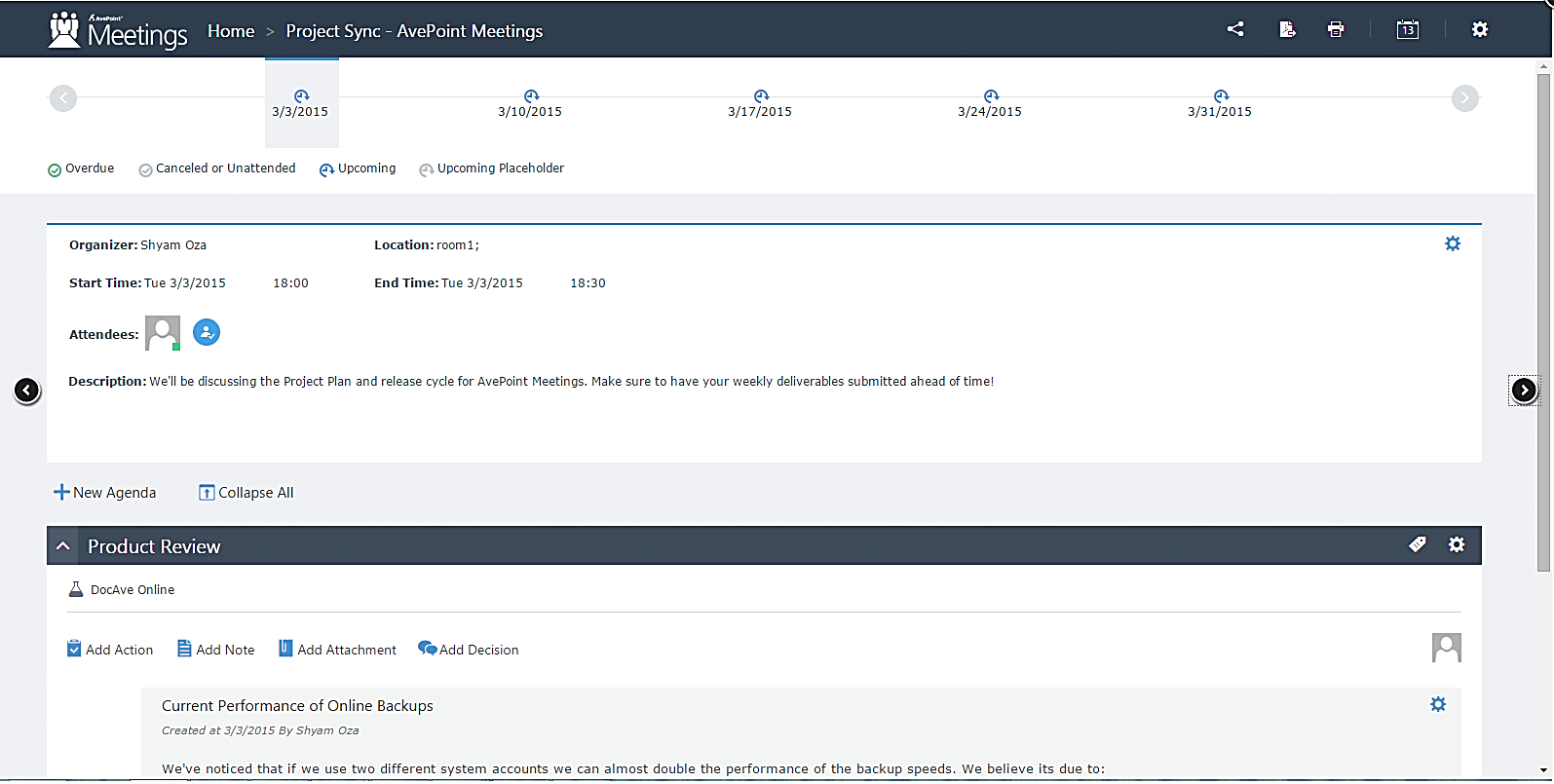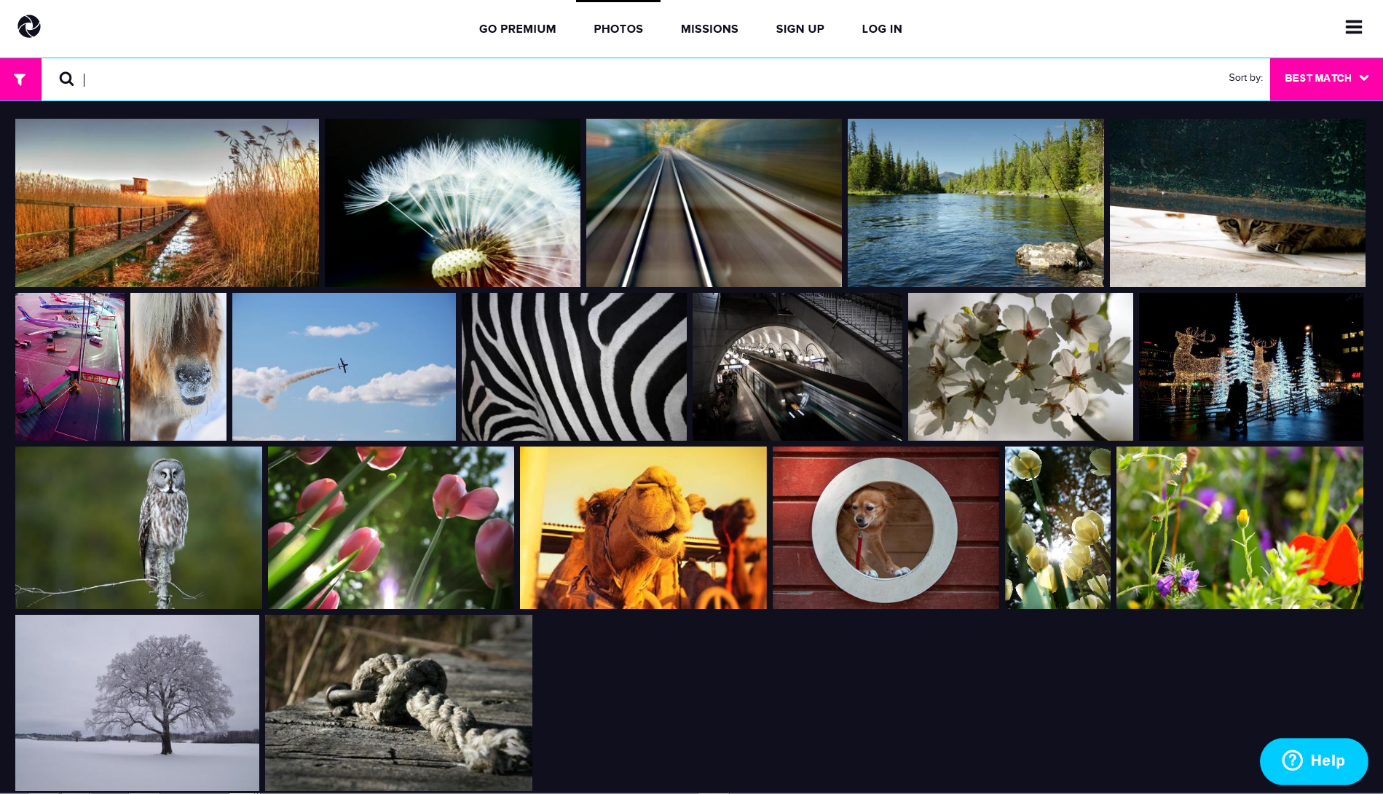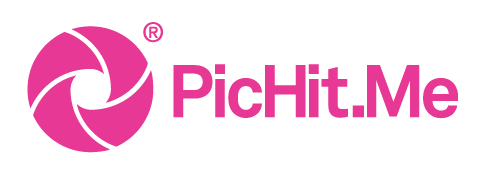Extending Office everywhere
Today more than 1 billion people use Microsoft Office, spending on average 2-3 hours a day in Office apps. Developers are reaching this global Office customer base by extending the familiar Office experience across desktops, mobile devices, and the web, using their existing skills. Given this, it isn’t surprising that we’re seeing momentum from the new Office apps and solutions coming to market.
AvePoint is a great example. A long-time Microsoft partner, the company created its AvePoint Meetings app to give their customers the ability to collaboration in real-time, using SharePoint Online. With Meetings, customers can now simplify meeting activities like scheduling, setting agendas, recording times and participants, and assigning post-meeting action items, through a browser-based UI or an Outlook app.
The AvePoint development team used Office 365 APIs, including the Calendar and Mail APIs, and took advantage of the Office 365 API sandbox to test their code, which helped them get the solution to market quickly and make fast, seamless updates to the app. Avepoint focused specifically upon Microsoft technologies, because their R&D team believes it empowers them to build pre-integrated products in-house. This focus allows AvePoint to spend resources innovating to address customer needs, instead of fighting technical problems related to integration of unrelated technologies and products.
AvePoint Meeting has gained more than three-million O365 users, one third of which are paying users, within the first three-quarters of launching their solution. With Office 365, AvePoint can go beyond its traditional customer base of medium and large companies, targeting the huge market of small-business customers.
Another great example is a company we introduced in a prior blog—PicHit.Me, a crowdsourced photo marketplace. Following that post, we had a chance to get more details from the principals at the Swedish company about their development efforts.
PicHit.Me launched on AWS, but migrated to Azure when they saw the value of rich tools and capabilities such as Azure Machine Learning, as well as the potential for reaching millions of customers worldwide through Office 365 and other products.
The PicHit.Me team builds using an eclectic toolbox, from Django and Python to PostgreSQL and .NET. Using Xamarin and Office 365 APIs to develop once and then create native apps for Windows Phone, Android, and iOS, PicHit.Me credits Microsoft’s openness to different platforms with helping them reach millions of Office users on all popular mobile devices.
Ola Udén, the company’s CTO, tells us that Microsoft’s decision to embrace open standards is a boon for startups like his. This reflects what we’re trying to accomplish: making it easy for developers to use what they know to deliver innovative solutions, empowering the productivity of Microsoft Office users.
To find out how you can take advantage of these technologies, check out the Office Dev Center and Azure development sites.
Guggs



